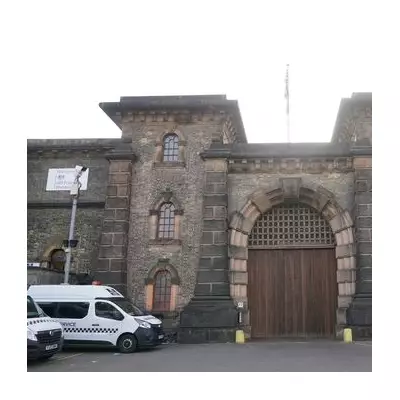
Before the era of health and safety consciousness fully dawned, British children of the 70s, 80s and 90s were subjected to a series of terrifying public information films that left permanent psychological scars. These short films, designed to warn about firework dangers, achieved their goal through sheer horror rather than gentle persuasion.
The Golden Age of Trauma Television
During the autumn months, as Bonfire Night approached, these chilling advertisements would interrupt regular programming, turning innocent television viewing into sessions of pure dread. The films didn't just suggest caution - they graphically depicted the life-altering consequences of firework misuse.
Six Films That Defined a Generation's Fear
Among the most memorable were productions that featured everything from exploding hands to permanently scarred faces. One particularly notorious film showed a boy's glove catching fire from a sparkler, leading to severe burns. Another depicted a group of children suffering various injuries from improper firework handling.
The most effective - and terrifying - films often used slow-motion sequences and dramatic sound effects to emphasise the moment of injury. The message was clear: one moment of carelessness could lead to a lifetime of regret.
Why the Shock Tactics Worked
While modern safety campaigns favour positive messaging and education, these vintage films relied on pure fear. The approach was brutally effective - generations of Britons can still recall specific scenes decades later, and many credit these films with their cautious approach to fireworks.
The combination of realistic injuries, dramatic music and sombre voiceovers created a potent cocktail of anxiety that ensured children would think twice before mishandling rockets or bangers.
A Lost Approach to Public Safety
Today's safety campaigns are considerably more gentle, focusing on supervision and proper equipment. But the raw, unfiltered approach of these classic films represents a bygone era of public messaging - one that prioritised memorable impact over sensitivity.
For those who lived through them, these films remain a powerful shared memory of childhood in late 20th-century Britain, proving that sometimes, the most effective lessons are the ones that scare you straight.





